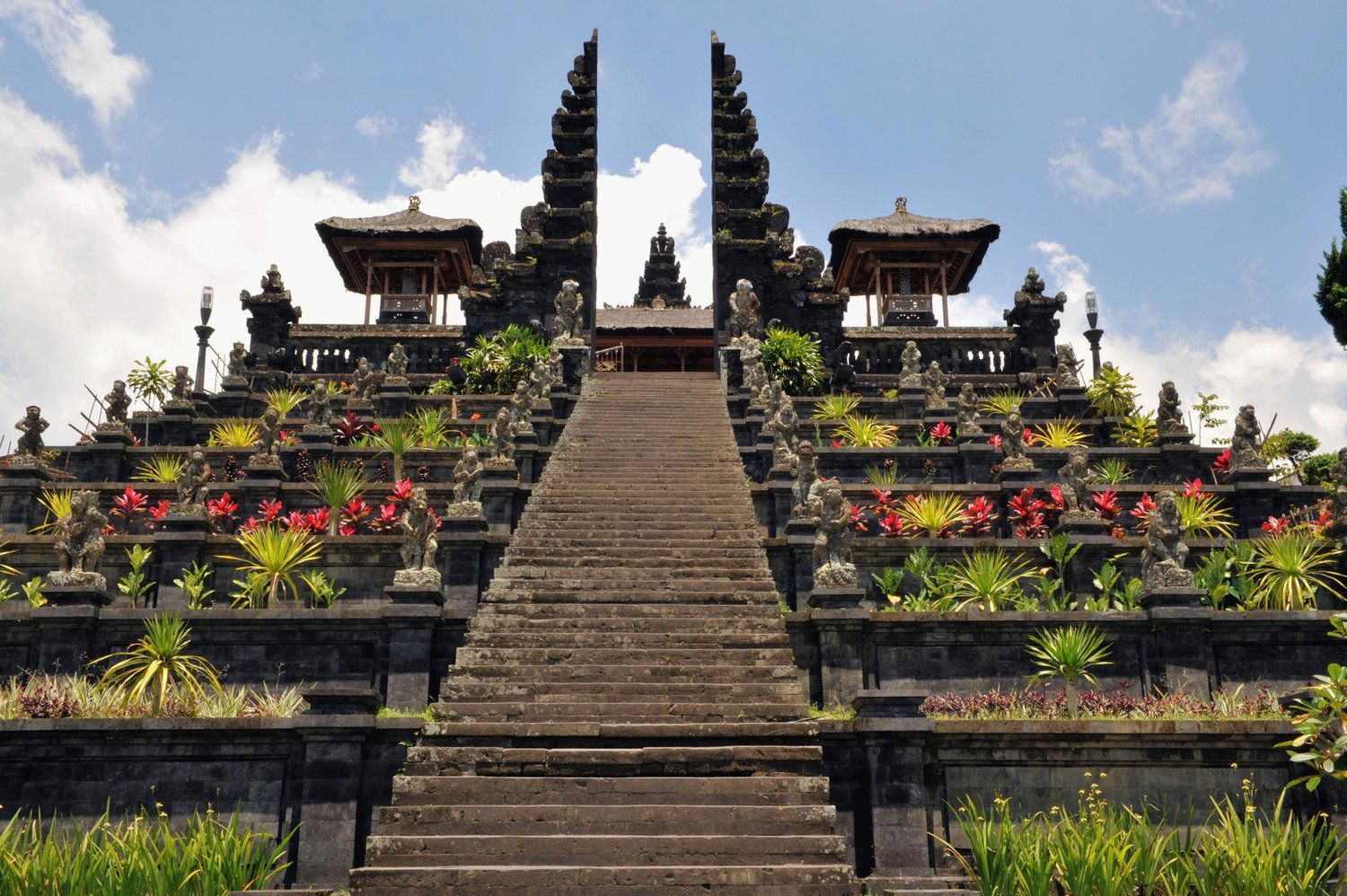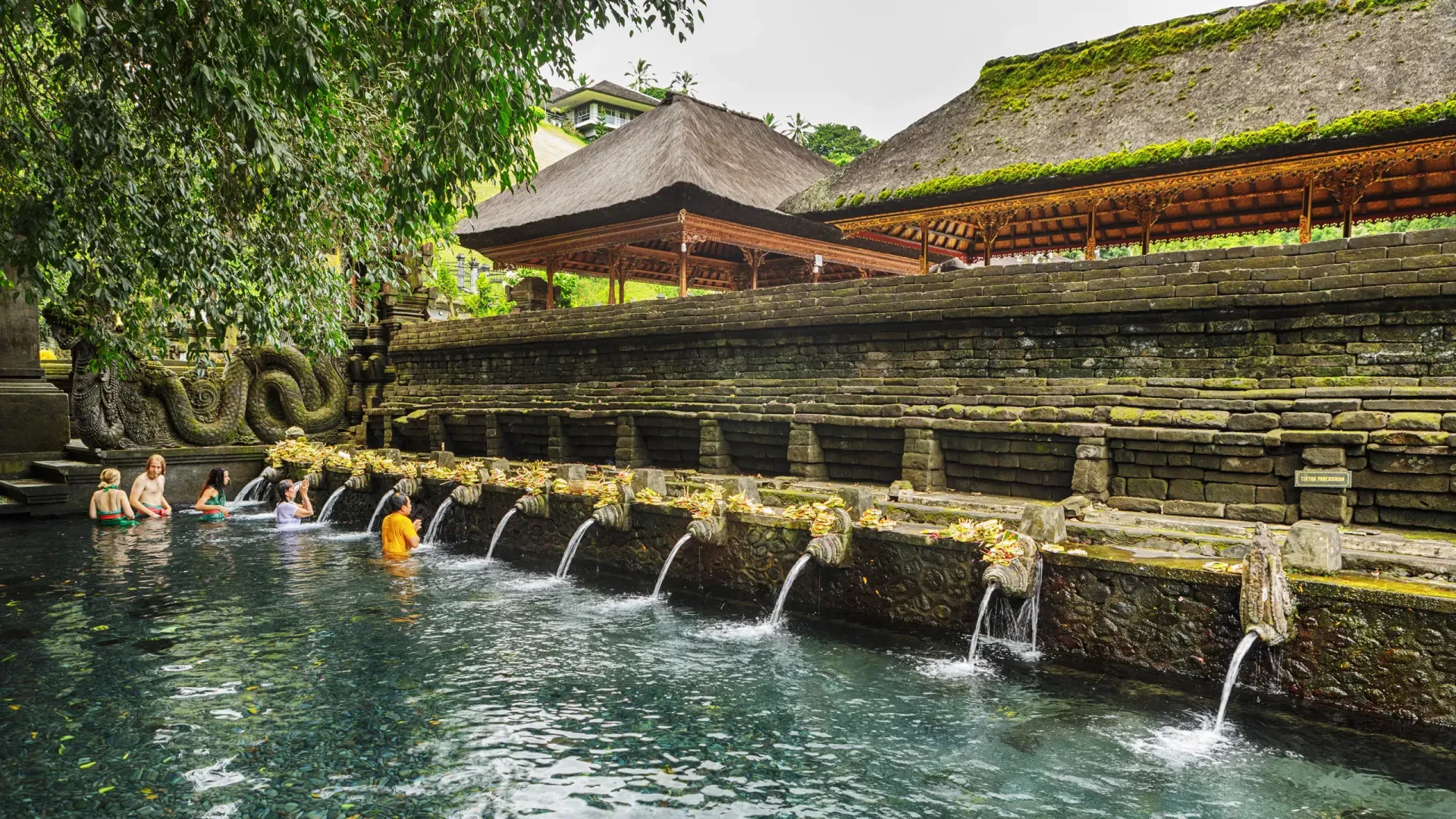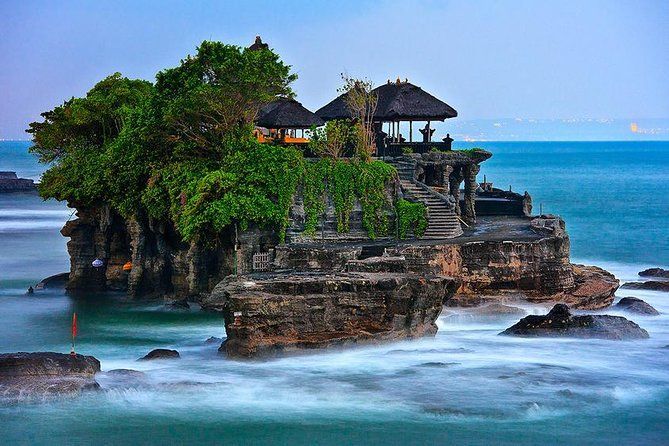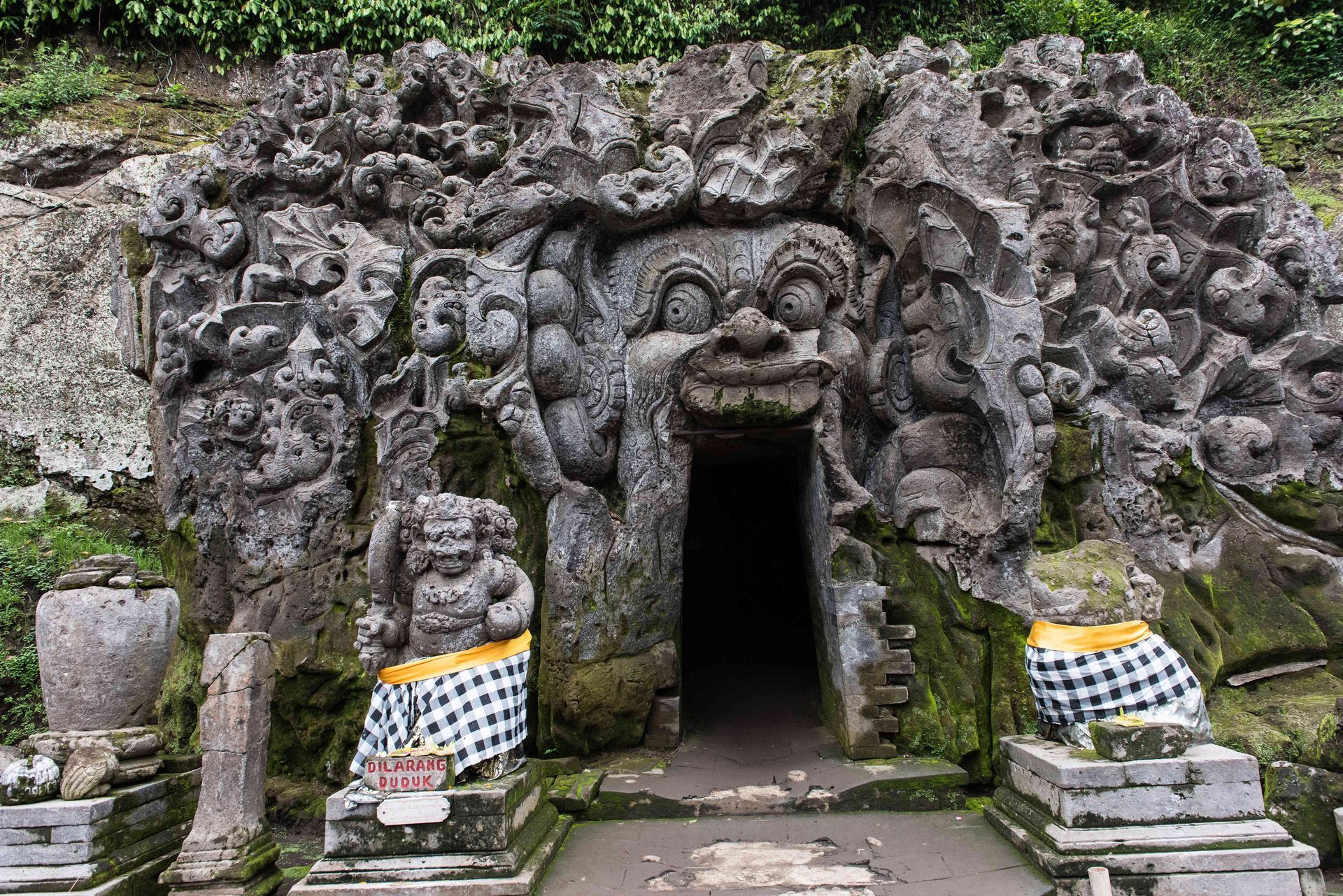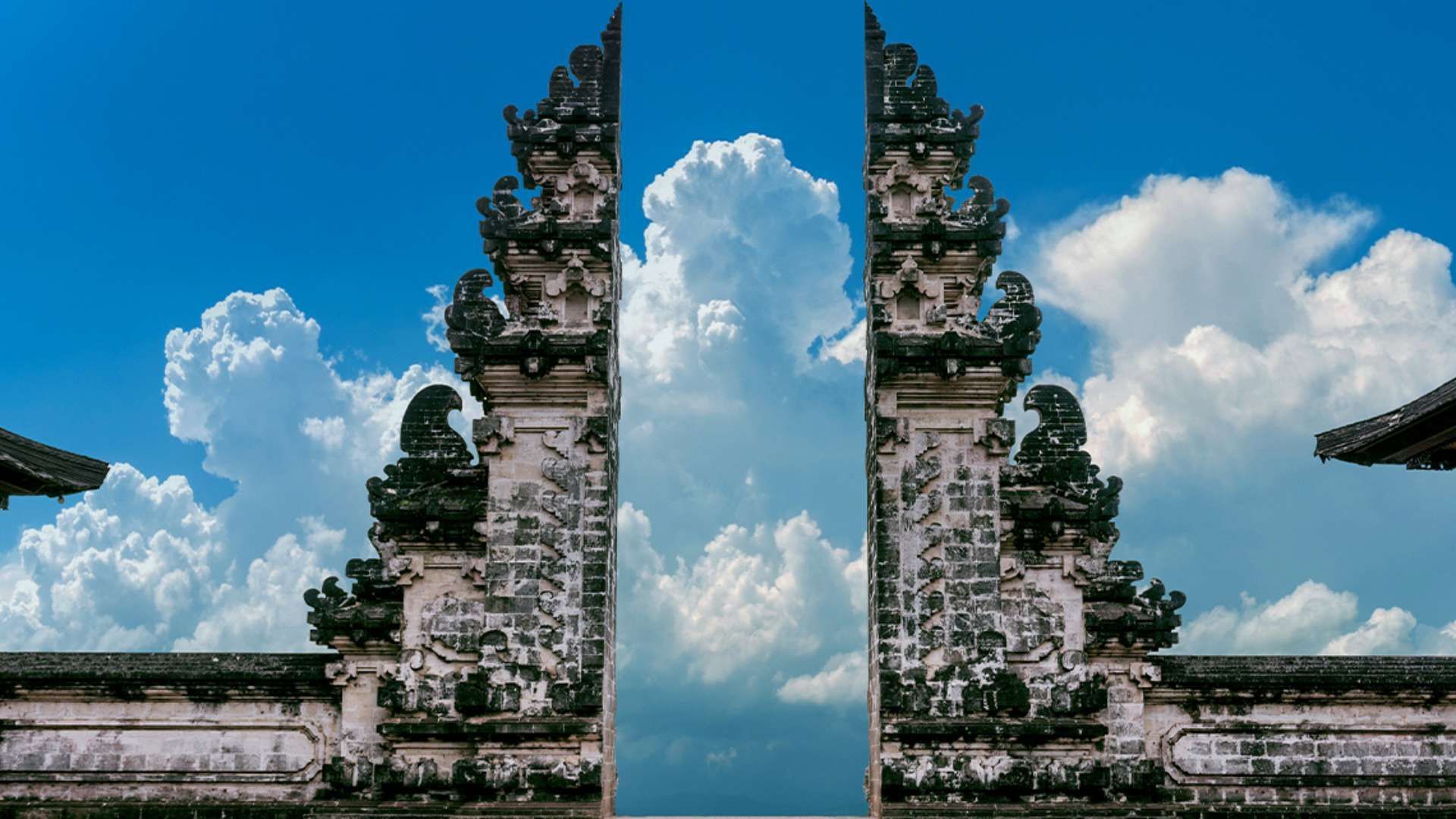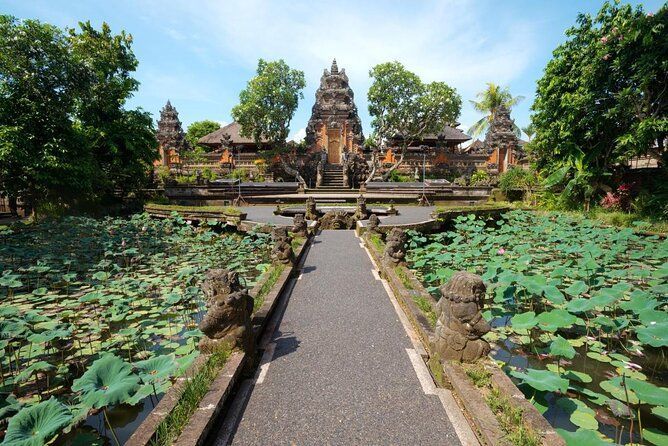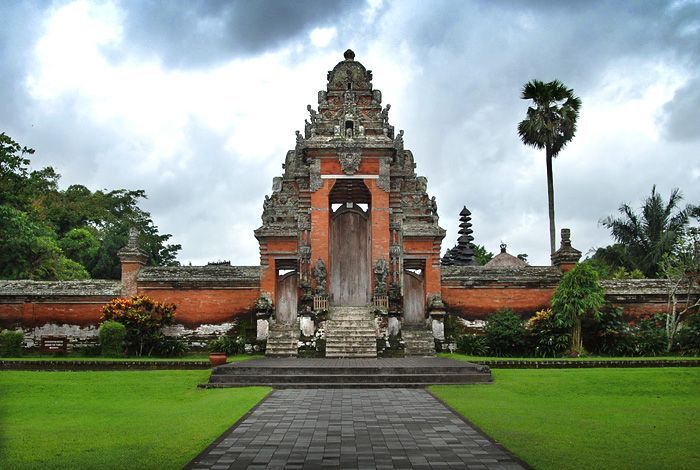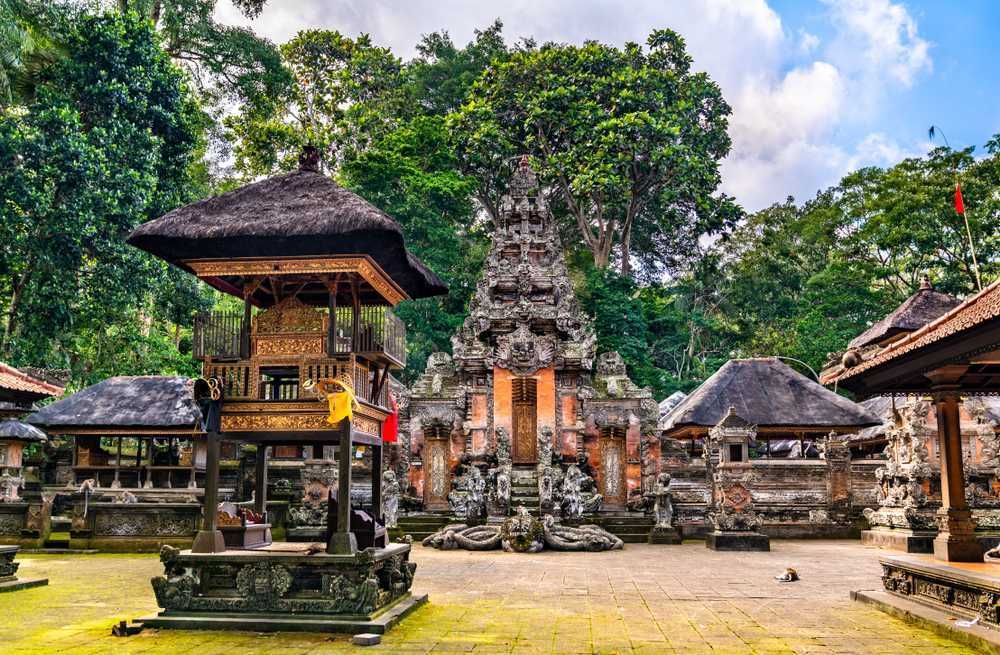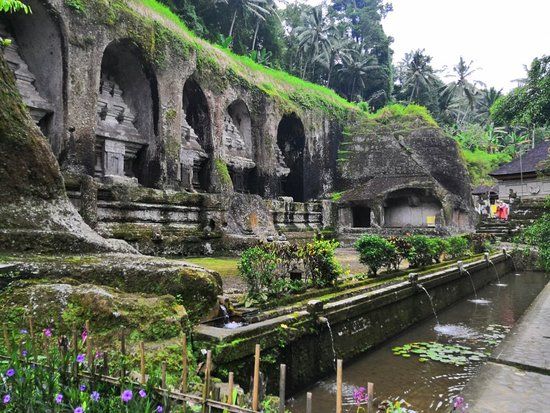PURA BESAKIH
As the Mother Temple of Besakih, Pura Besakih is located on Mount Agung in Bali, Indonesia and is a magnificent Hindu temple complex. A profound spiritual and cultural significance to the Balinese people, it is revered as the most significant temple on the island.
Ascending through terraced slopes, Pura Besakih stands as a testament to Bali's rich architectural heritage. Over 80 separate temples make up the complex, each adorned with intricate stone carvings and sculptures which illustrate the essence of Balinese Hinduism. Visitors to the temple grounds are greeted with gracefully tiered shrines, vibrant ceremonial pavilions, and ornate gates as they explore the temple grounds.
Pura Besakih is believed to be a guardian temple located at the base of Mount Agung, protecting the island from malevolent forces, located at its base. Its location amidst the dramatic volcanic landscape enhances its aura of sanctity, creating a profound connection between nature and spirituality.
The festival and sacred rituals of Pura Besakih occur throughout the year. During the temple's significant festivals, such as Odalan, which marks its anniversary, the temple's chants, melodic prayers, and incense fill the air. It is through these ceremonies that the Balinese people demonstrate their deeply rooted traditions and devotion to religion.

